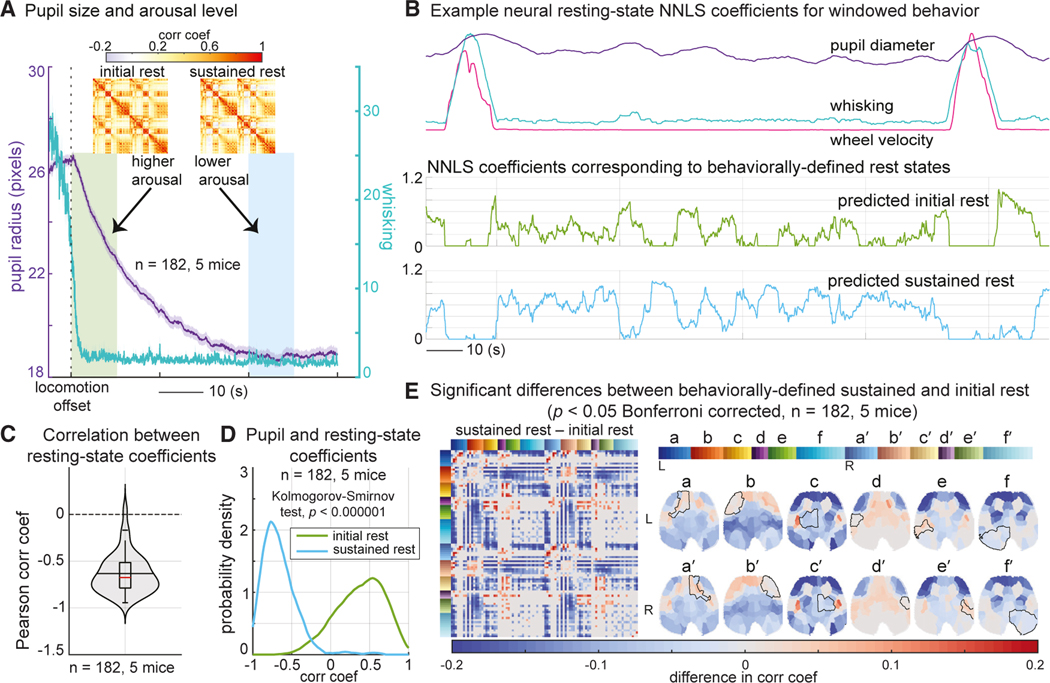Figure 4. Differences in neural correlation states between initial and prolonged resting periods.
(A) Average whisking and pupil diameter aligned with running offset confirm higher and lower arousal states for initial (green bar) and prolonged (blue bar) rest epochs (n = 182, 5 mice), shown as mean ± SEM. Insets show correlation maps for initial-rest and sustained-rest states averaged across one example mouse.
(B) Ten-second window smoothed behavior and NNLS coefficients for initial and sustained rest for one example resting-state epoch (with a locomotion bout before and after). Coefficients show first a transition from initial to sustained rest and then a reciprocal relationship as rest continues and whisker and pupil parameters vary spontaneously.
(C) The reciprocal relationship between the initial-rest and sustained-rest NNLS coefficients is confirmed by negative correlation values during 182 resting (≥60 s long) epochs over five mice.
(D) Probability distribution of correlation values between pupil diameter and NNLS coefficients for initial and sustained rest using kernel density estimation, calculated across the same 182 resting epochs. Distributions are significantly different (Kolmogorov-Smirnov test, p < 0.000001).
(E) Correlation map differences between sustained- and initial-rest states (only significant differences are shown; Wilcoxon rank-sum test, p < 0.05, Bonferroni corrected, n = 182, five mice). Note the prominent decreased correlation between the anterior lateral frontal cortex and posterior brain regions.

